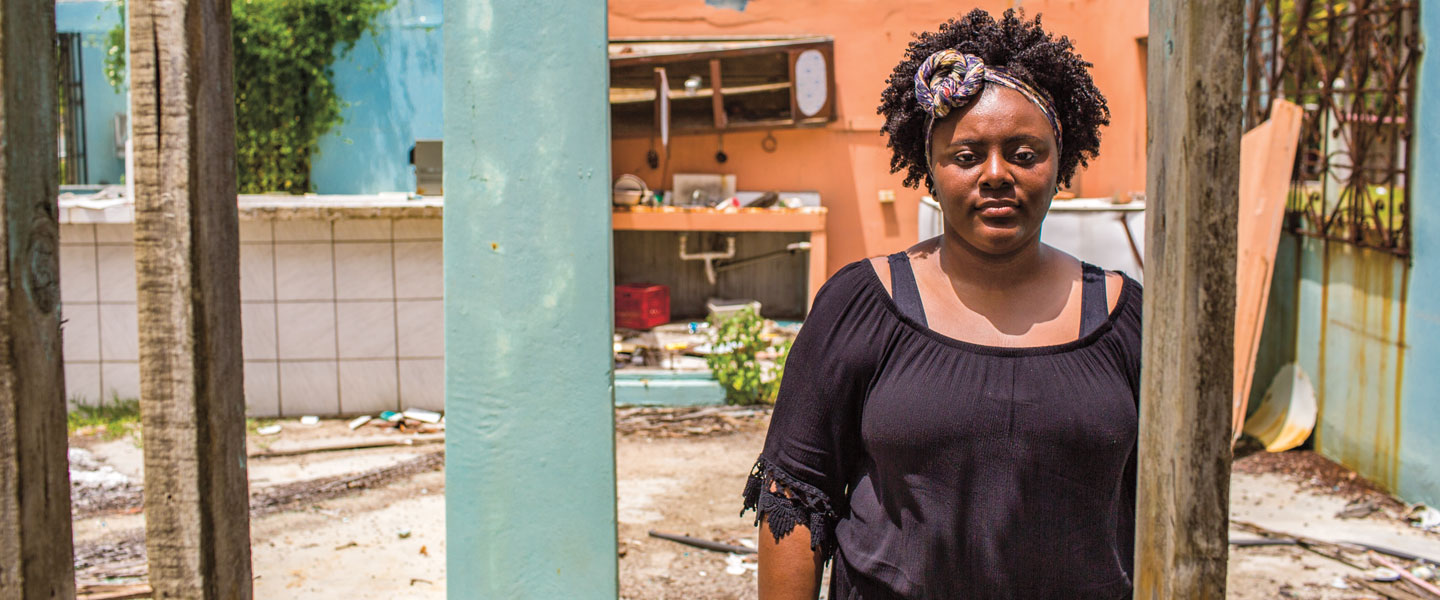Derick Ortiz and Damara Navarro, both 17, grew up about 25 miles from each other in Puerto Rico. But their lives began to head in different directions on September 20, 2017. That’s when the island was
In the coastal city of Fajardo, Derick and his family lived without running water and electricity for three weeks. The storm had wiped out power and most cell phone service to the island and damaged about a third of all homes. Derick’s school and the hotel where his parents worked were shut down.






